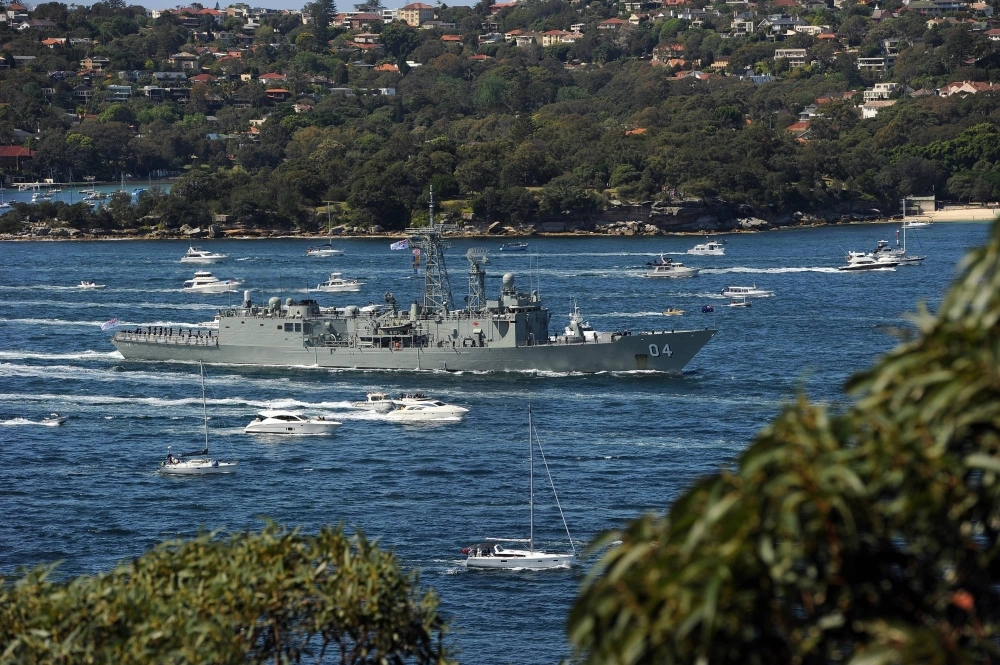When Australian Defense Minister Richard Marles launched his country’s inaugural National Defense Strategy on Wednesday, he had an important message for partners and potential adversaries alike that tracks with Japan’s own stance: Australia’s defense activities will no longer be confined to its national borders.
"The geography of our national security ... does not lie on the coastline of our continent, it lies much farther afield,” Marles said in a speech, making Australia the latest U.S. ally to formally adopt a national security approach based on a “denial strategy” to address threats faster, farther away and alongside regional partners amid concerns over China’s assertiveness and rapid military build-up.
"An invasion of Australia is an unlikely prospect in any scenario precisely because so much damage can be done by an adversary without ever having to step foot on Australian soil,” Marles emphasized, highlighting the importance of safeguarding “the rules of the road at sea” to protect the country’s economic lifelines to the region and world.

















With your current subscription plan you can comment on stories. However, before writing your first comment, please create a display name in the Profile section of your subscriber account page.